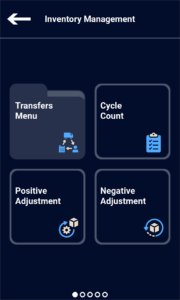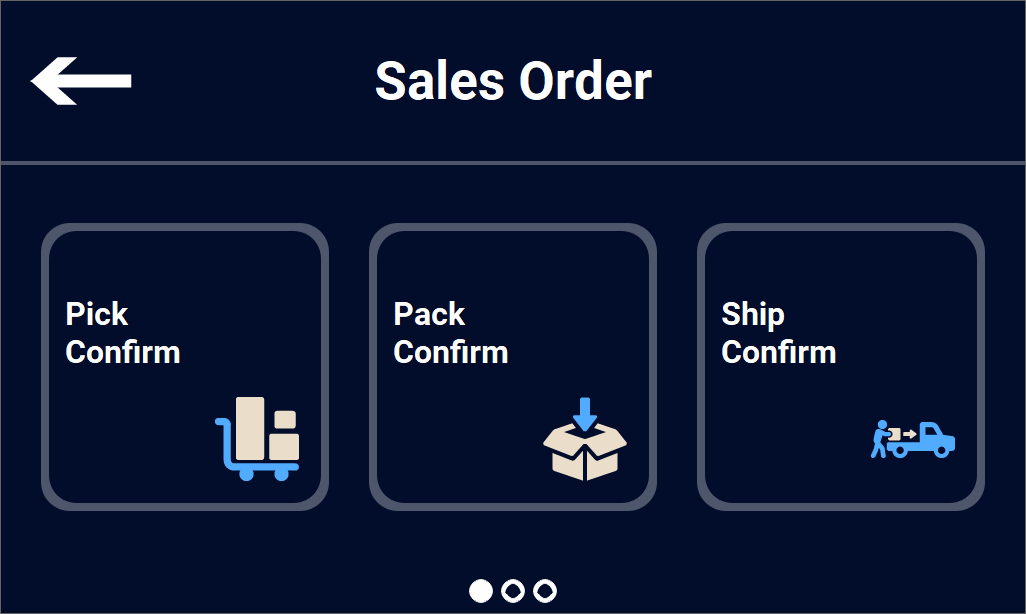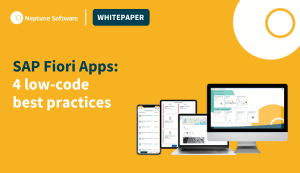RFgen Mobile Edge Speeds SAP Users’ ROI with Improved UX
Meet the Authors
Key Takeaways
⇨ SAP plays a crucial role in the digital supply chain, at times requiring a mobile component for non-technical end users to operate with maximum efficiency at point-of-work.
⇨ Some SAP users find SAP's native mobility platforms, ITS Mobile and Fiorin, do not offer an optimal user interface and experience (UI/UX).
⇨ When it comes to SAP barcode applications, this can impact on user adoption, productivity and time-to-value, according to recent RFgen Software research.
SAP plays a crucial role in the digital supply chain, at times requiring a mobile component for non-technical end users to operate with maximum efficiency at point-of-work. Despite this need, some SAP users find SAP’s native mobility platforms, ITS Mobile and Fiori, do not offer an optimal user interface and experience (UI/UX).
When it comes to SAP barcode applications, this can impact on user adoption, productivity and time-to-value, according to recent RFgen Software research.
The study explores the impact of modern mobile UI/UX on SAP-run organizations, including simplification through condensed screens, the value gained by fulfilling the usability expectations of today’s mobile users and a use case comparing two different user interfaces for a mobile Extended Warehouse Management (EWM) application.

Performing basic tasks may require cycling through multiple screens and fields on SAP native mobility platforms. These challenges can be tackled by all unnecessary fields and inputs being eliminated and replaced with clear, guided steps in a guided workflow. The images below – as taken from the recently redesigned RFgen Mobile Edge app – shows how this can reduce design burden and end-user hesitation when faced with ambiguous UI hierarchy.
In this manner, forms and fields can be configured to match needs of a specific task workflow, or user role. RFgen Mobile Edge’s mobile UI/UX software is said to be easy to learn, use and adopt by non-technical end users.
RFgen suggests that other platforms in the market cannot guarantee packet delivery in edge-of-range scenarios. With ITS Mobile, for example, this interrupts the user experience when connectivity drops.
According to RFgen, this results in the task needing to be completed again under better connectivity conditions. In contrast, RFgen Mobile Edge switches between online or offline-disconnected modes in the background without the end user’s knowledge.

Faster ROI
A custom mobile solution using ITS Mobile or Fiori can take 12 months or longer to achieve the desired functionality. As such, organizations will often hire outside firms to develop the mobile solution from scratch.
However, the research suggests RFgen Mobile Edge can reduce the time-to-market by leveraging pre-built templates or starting points, enabling rapid configuration, development and deployment. A robust solution of five to seven applications can be implemented in under four months compared with competitors’ typical 12-month mark. As a result of the quicker time-to-market, an investment in a new mobile platform will offset costs.
RFgen’s solution is designed for maximum flexibility so that users can configure applications to their needs, all the while maximizing their ROI and reducing their overhead costs.









